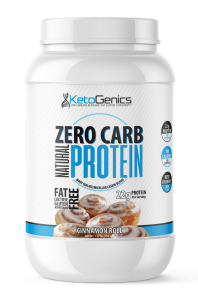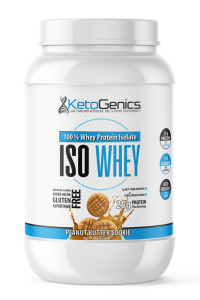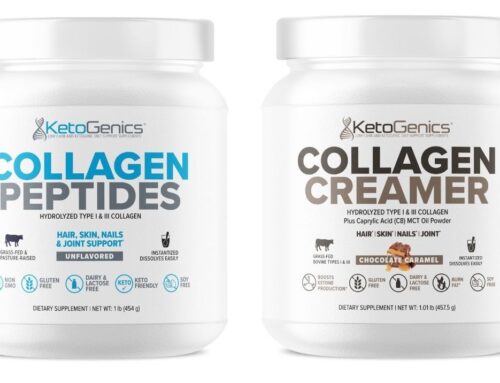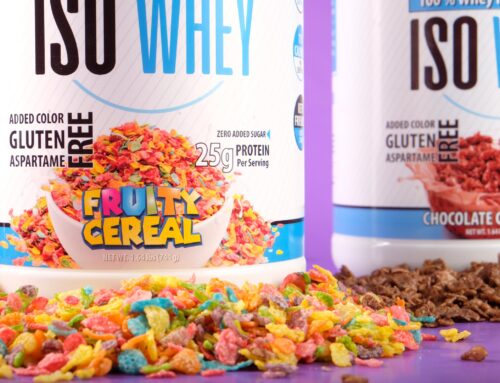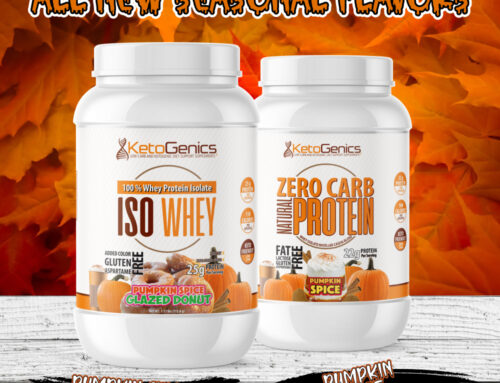The Problems with Ion Exchange
There are so many types of protein powders on the market and some many different types of filtration processes. This filtration process varies and the most common ones are: Ultra-filtration, micro-filtration, hydrolyzed and ion-exchange. Sometimes the very popular and expensive (and best) ones are referred to as “cold Micro-filtration and/or Ultra-filtration.”
The purification or filtration process separates the protein and non-protein parts of the mixture, and finally separate the desired protein from all other proteins.
Many well known sports medicine Dr’s and nutritionists look down upon Ion Exchange whey proteins. The Ion-exchange filtration process actually removes certain components that promote muscle growth, and wellness in general. Hydrochloric acid and sodium hydroxide are the chemical reagents normally used in this process.
The ion-exchange process has serious drawbacks in that it literally wipes out all the valuable and health promoting subfraction peptides like alpha lactalbumin, glycomacropeptides, immunoglobulins, and lactoferrin, which are naturally found in whey. Instead it contains a high amount of beta-lactoglobulin which can cause allergies. (ref: M. Mollica The ISSN Scoop.)
When some fractions are eliminated or reduced, the resultant shift in the balance will mean that other fractions represent a higher percentage of the material. Beta-lactoglobulin can account for up to 75% of the fractions present in ion-exchange material. High amounts of beta-lactoglobulin can cause severe allergic reactions in humans. This fraction, not found in human milk, has even been responsible for the deaths of several individuals over the past ten years. (ref: https://doi.org/10.1371/journal.pone.0104803, https://www.ncbi.nlm.nih.gov/pmc/articles/PMC1672287/)
In simple terms: The Ion exchange process, they heat the protein during the manufacturing process, when you heat protein, the peptides and amino’s break apart, which makes it tougher to absorb. So in reality who knows how much protein you are actually getting and paying for; buyer beware.
A little trick that can help you spot a protein that uses ion-exchange is to look at the sodium content. Not that there is any issue with sodium intake on a ketogenic diet but this is a good indicator if you are infact using a inferior ion exchange protein powder. Look for on average 170-190 mg or MORE, of sodium (give or take) per scoop or 25-30 grams of protein. That is pretty much a tell-tale sign of ion exchange. When it comes to an unflavored version of ion-exchange protein, this sodium amount will be a little lower because of the reduced sodium content in the flavoring not used.
One very popular brand that has been around the low carb community for decades uses this inferior filtration process known is Ion Exchange. In-fact after repeated attempts to question the brand, articles written online and other methods to ask why use such an inferior process (probably the low cost) they still continue to source the protein that uses the ion-exchange process.
But here is where it gets interesting.
The brand in question probably realized the negatives surrounded ion-exchange so instead of using a better quality filtration process they just removed ANY mention of “ion exchange” on the labels of their protein powder. But if you call or email them asking, they will tell you the protein is infact ion-exchange. See before and after labels here:

Ion Exchange Whey info displayed

Ion Exchange Whey info missing
Typically when you sell something of very high quality or use a preferred whey protein filtration process (like cold Micro-filtration and Ultra-filtration) it is something you let be known, and usually in large font promoting such, you do not hide your filtration process.
So why remove the words “ion exchange” but still sell “ion exchange whey protein”? – Things that make you go hmmmmm
Why Ion-Exchange was developed
So why did this inferior ion exchange process become popular? Answer: Heavy marketing from the dairy companies.
The ion-exchange process was developed many years ago as a cheaper alternative than Cross Flow Microfiltration, this process had a French patent on it so any company who wanted to use it had to pay a lot of money for it. So the cheaper ion-exchange process was developed.
The cost of the ion-exchange process is one-fifth that of microfiltration.
So the development of ion-exchange whey had ZERO to do with benefiting the consumer; it was to save money. The cost of the ion-exchange process is one-fifth that of microfiltration. That plus heavy marketing allover the internet and social media is why people still buy it. They just do not know better.
The best type of whey protein isolates
So if Ion Exchange is not a good idea, then what is? Pretty much anything else! But in all seriousness; Micro-filtration and/or Ultra-filtration is possibly the BEST filtration process for those looking for a very high quality whey protein isolate.
Ketogenics brand only uses such a protein powder for our protein powders. Our Iso Whey product and ZERO Carb all Natural protein products has this very high quality whey protein.
Our ISO WHEY is derived from sweet dairy whey using cold microfiltration and ultrafiltration membrane technology to produce undenatured whey protein isolate. This advanced low-temperature ultra-filtration process produces a superior bio-active whey that is non-denatured and includes essential amino acids (EAAs) and branched chain amino acids (BCAAs).
ISO WHEY has all the bio-active whey protein fractions such as beta lactoglobulin, alpha lactalbumin, glycomacropeptide, immunoglobulin, serum albumin, proteose peptone, and naturally-occurring lactoferrin and lactoperoxidase.
ISO WHEY features:
- 100% Whey Protein (cold and micro filtered)
- 25g Protein Per Scoop
- 110 Calories Per Scoop
- Zero Added Sugar
- Natural Flavors
- Non GMO | No Gluten | No Lactose | No Aspartame
- Delicious Peanut Butter Cookie flavor! as well as an unflavored one that is great for baking!
- Easy Mix-ability
- Perfect for Post Workout, Snack and Pre-Bedtime Shake
We also sell an amazing ALL Natural, Zero Carb and Zero fat protein powder.
For more information our our top selling protein powders, visit this link:
